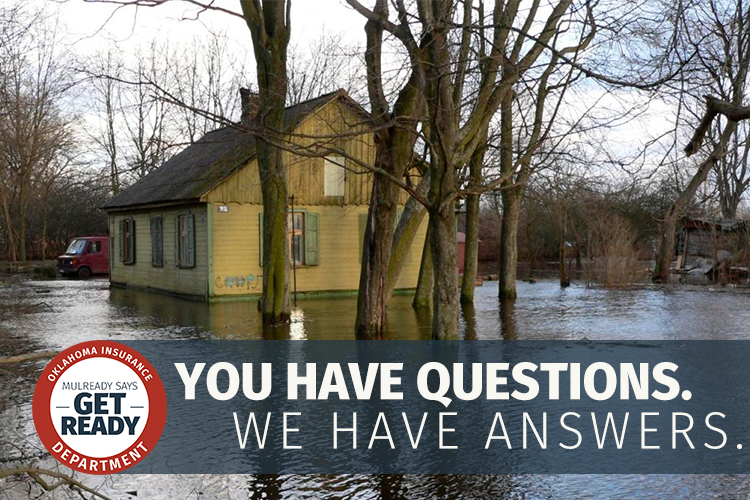
FREQUENTLY ASKED QUESTIONS ABOUT FLOOD INSURANCE
No, your standard insurance policy will not cover flood-related losses.
Flood insurance is a separate coverage you can purchase through an agent or insurer participating in the National Flood Insurance Program (NFIP), which FEMA manages. Flood insurance does not need to be paid back and it is designed to restore your property to its pre-disaster condition.
Federal flood insurance is available where the local government has adopted adequate flood plain management regulations under the NFIP, and many communities participate in the program. If your community doesn’t participate in the NFIP, contact your licensed insurance agent to ask about private flood insurance. If your agent or insurer doesn’t sell flood coverage, contact the NFIP Referral Call Center at 800-427-4661.
Flood insurance typically covers the building itself. Things that are permanently fastened to the home like light fixtures, carpet or flooring and cabinets are considered part of the building. For an additional premium, you can buy coverage for your contents. The NFIP provides coverage of up to $250,000 for the structure of a home and up to $100,000 for personal possessions.
Also, flood insurance doesn’t go into effect immediately after you buy it. These policies have a 30-day waiting period unless a policy is bought at the same time as a newly purchased home. So, now is the time to consider adding flood coverage, not when there is a large storm on the horizon.
Possibly, federal disaster assistance is only made available when there is a Presidential Disaster Declaration. Federal disaster aid typically comes in the form of a low-interest disaster loan and it must be repaid, along with whatever loan payment you may already have for your property.
Yes. If you live in a high-risk Special Flood Hazard Area (SFHA) and have received disaster assistance in the form of a federal grant or loan, you must purchase and maintain flood insurance as long as you live there.
No. When rain enters through a wind-damaged window, door or roof the NFIP considers the resulting puddles or damage to be windstorm-related and not flood-related.
If your roof is damaged and your house was flooded, file a claim on your homeowner’s insurance policy and on your NFIP flood insurance policy. Each claim will be assigned a separate adjuster.
If you comprehensive coverage on your auto insurance policy it may help to repair or replace your vehicle after a flood. Contact your insurance agent to file a claim.
No. Flood insurance does not help pay for additional living expenses, such as temporary housing.
Flood insurance may help pay for debris removal in, on or around the insured property.
Do not begin reconstruction of your home. The claims adjuster needs to see and inspect the damaged property in its entirety in order to write an estimate. After floodwaters recede, you may take measures to prevent further damage. If you need to make emergency repairs to help mitigate damage before your adjuster comes, take photos first and keep all receipts.
It is a good idea to save your flood-damaged personal property. Separate damaged items from undamaged items. Keep an inventory- Take photos and make a list of damaged items.
Yes, everyone can get flood insurance. If you couldn’t get flood insurance, contact our Consumer Assistance Team at 800-522-0071 or fill out this Contact Us form.
The cost varies depending on your risk of flood. The average monthly cost of flood insurance in Oklahoma is $58.
